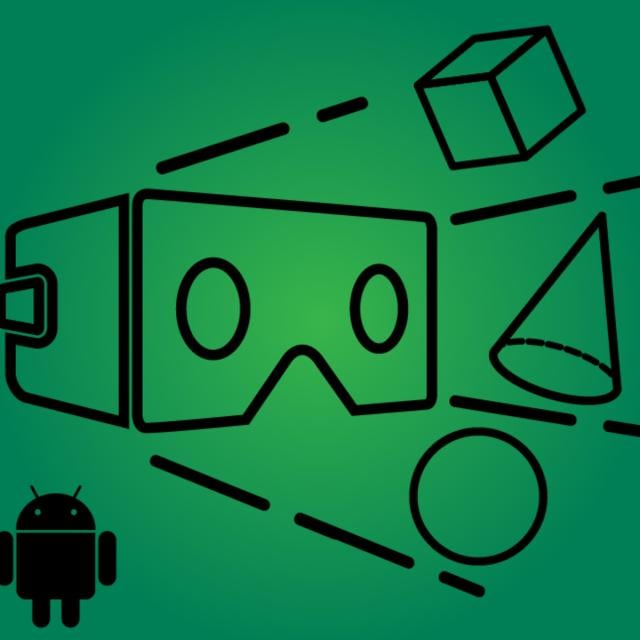MOOC List is learner-supported. When you buy through links on our site, we may earn an affiliate commission.

MOOC List is learner-supported. When you buy through links on our site, we may earn an affiliate commission.
The first part of the course covers animation, lighting and reflection. We then move onto textures and handling multiple 3D objects. Finally, we'll look at housing all of this within a binocular view to create a VR experience.
There are practical exercises throughout the course to apply your understanding, and there is a summative project which can form part of your professional portfolio.
This course assumes a knowledge of Android programming and OpenGL. I recommend completing my two Coursera courses on these topics, as these are the perfect primer.
Course 3 of 4 in the Advanced App Development in Android Specialization.
Syllabus
WEEK 1
Animation, Touch Control and Lighting
In this first module, we're going to look at some core functions which we can use within Android to create 3D objects and scenes. We'll begin by looking at how we can add animation to 3D objects and make these interactive using touch control. We'll then look at using lighting and reflection to make our 3D objects look more realistic.
WEEK 2
Textures, Multiple Objects and Blending
In this module, we're going to look at making scenes and objects even more realistic. We'll begin by learning how to apply textures to objects. We'll then look at creating multiple 3D objects and how to combine these using transparency and blending.
WEEK 3
Creating a virtual environment
In this module, we'll build on the topics we've covered so far to create interactive virtual environments. We'll begin by looking at what sensors are available on Android phones and how we can use them. We'll then look at the frame buffer and the effects we can produce with it. Finally, we'll look at implementing the VR binocular view.
WEEK 4
Create a VR app
In this final module, you will apply everything you have learned into a summative assignment by creating a VR app which uses binocular view.
MOOC List is learner-supported. When you buy through links on our site, we may earn an affiliate commission.
MOOC List is learner-supported. When you buy through links on our site, we may earn an affiliate commission.
